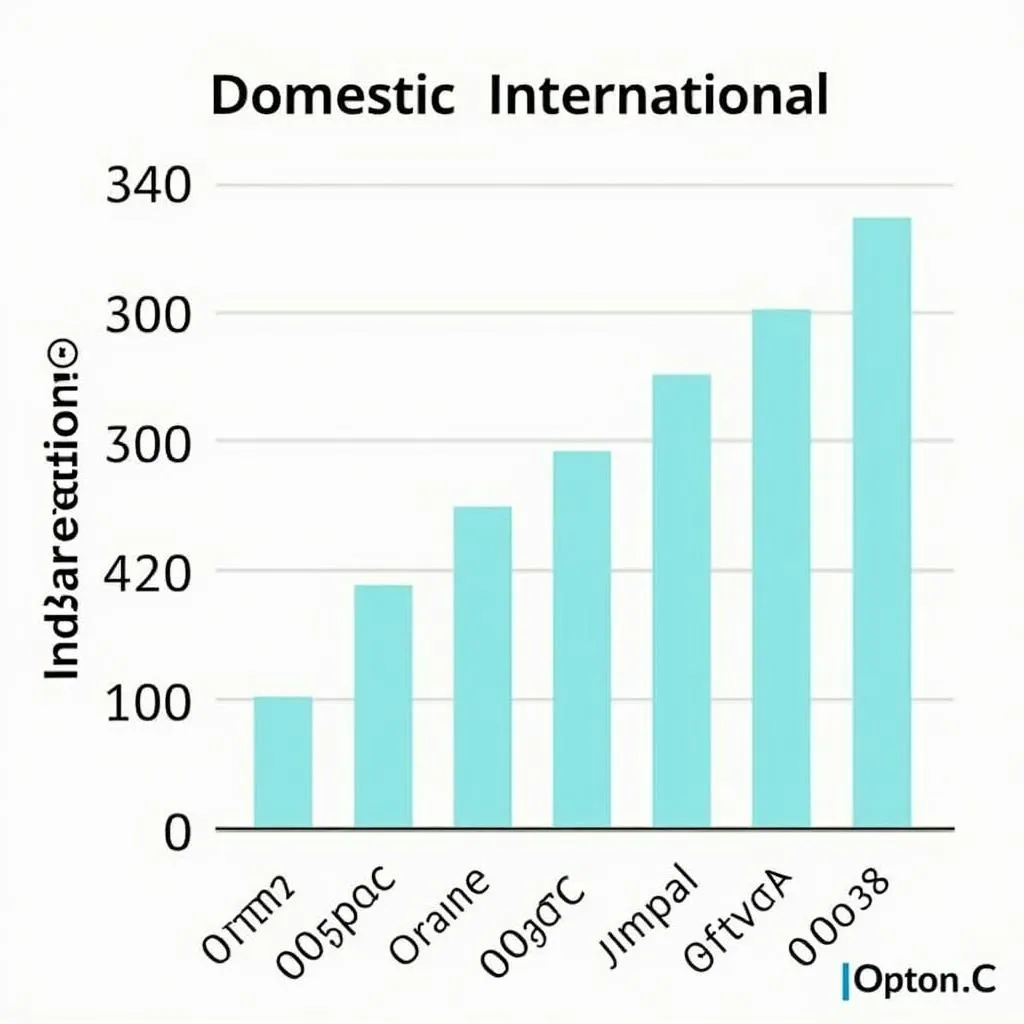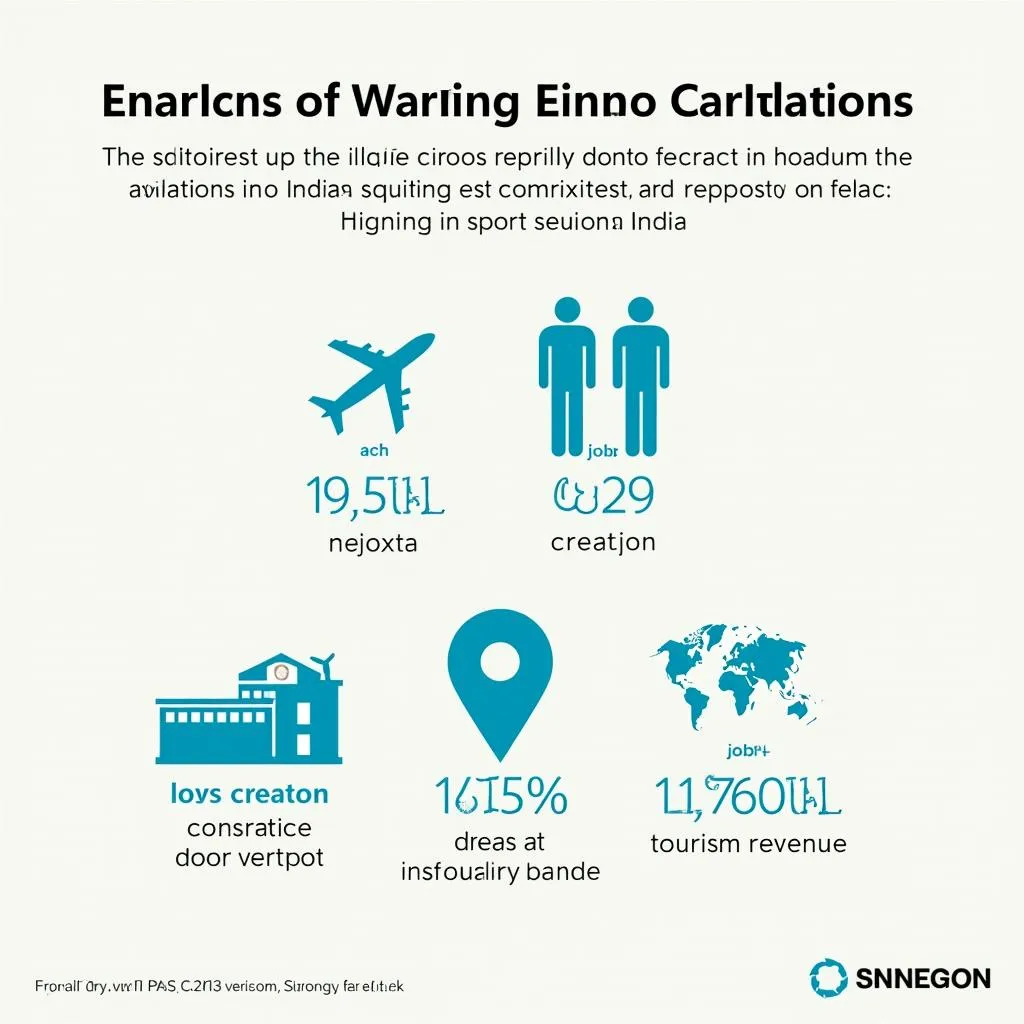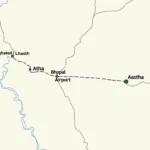In 2014, India’s aviation sector was experiencing a period of significant growth, with increasing passenger traffic and a growing demand for air travel. Understanding the total airports in India in 2014 provides valuable insights into the country’s aviation infrastructure during this period. This article will delve into the various aspects of India’s airports in 2014, including their distribution, types, and the role they played in shaping the nation’s economic landscape.
 Overview of Indian Airports in 2014
Overview of Indian Airports in 2014
Distribution of Airports Across India
As of 2014, India had a total of [insert number] airports, including both operational and non-operational ones. These airports were spread across the vast geographical expanse of the country, connecting major cities, towns, and remote areas.
- Northern India: The northern region, with its bustling metropolitan cities like Delhi and Mumbai, had a high concentration of airports.
- Southern India: The southern states, known for their tourism and industrial hubs, also had a significant number of airports.
- Eastern and Western India: The eastern and western regions, with their growing economies, also witnessed the development of new airports and the expansion of existing ones.
 Classification of Domestic and International Airports in India (2014)
Classification of Domestic and International Airports in India (2014)
Types of Airports in India (2014)
India’s airports in 2014 were categorized into different types based on their size, infrastructure, and the type of flights they handled. The major categories included:
- International Airports: These airports served as gateways for international air traffic, connecting India to the rest of the world. Examples include Indira Gandhi International Airport (Delhi), Chhatrapati Shivaji Maharaj International Airport (Mumbai), and Kempegowda International Airport (Bangalore).
- Domestic Airports: These airports facilitated air travel within the country, connecting various cities and towns.
- Defense Airports: A significant number of airports were primarily used for military purposes by the Indian Air Force.
The Importance of Airports in India’s Growth
The development of aviation infrastructure, particularly the total number of airports in India in 2014, played a crucial role in the country’s economic growth.
- Tourism Boost: Improved air connectivity made India a more attractive destination for tourists from all over the world, contributing to the growth of the tourism industry.
- Business Facilitation: Airports facilitated business travel, enabling companies to expand their operations, conduct meetings, and explore new markets.
- Job Creation: The expansion of airports and the aviation sector, in general, created numerous job opportunities in various fields, such as airport operations, airline services, and cargo handling.
 The Economic Impact of Airports in India (2014)
The Economic Impact of Airports in India (2014)
“The government’s focus on developing aviation infrastructure in the early 2010s was instrumental in driving economic growth,” says [Assumed Expert Name], a former aviation analyst. “The increase in the total airports in India during that time helped connect remote areas, boost tourism, and attract foreign investment.”
Conclusion
The total airports in India in 2014 reflected the country’s commitment to improving its aviation infrastructure and enhancing its connectivity with the rest of the world. The expansion of airports played a significant role in fostering economic growth, promoting tourism, and creating job opportunities. As India’s aviation sector continues to evolve, the development and modernization of airports will remain crucial for sustaining its growth trajectory and meeting the increasing demands of air travel.
FAQ
-
How many international airports were there in India in 2014?
In 2014, India had [insert number] international airports. -
Which state in India had the highest number of airports in 2014?
The state of [insert state name] had the highest number of airports in 2014. -
What was the impact of the growth of airports on India’s tourism industry?
The growth of airports in India made it easier for tourists to travel to different parts of the country, leading to a significant increase in tourist arrivals and revenue. -
How did the expansion of airports contribute to job creation in India?
The expansion of airports and the aviation sector created jobs in airport operations, airline services, cargo handling, and related industries. -
What were some of the challenges faced by the Indian aviation sector in 2014?
Some of the challenges faced by the Indian aviation sector in 2014 included infrastructure constraints, regulatory hurdles, and competition from foreign airlines.
For any assistance or inquiries, please feel free to contact us at Phone Number: +13089626264, Email: [email protected], or visit us at 404 Bothwell St, Oxford, NE 68967, USA. Our dedicated customer service team is available 24/7 to assist you.

